As an Amazon Associate I earn from qualifying purchases.
Mexican chorizo is very different from its Spanish cousin. Mexican chorizo is softer, spicier and more floral than Spanish chorizo.
Here’s how to make homemade chorizo with pork, beef or pretty much any wild game animal.
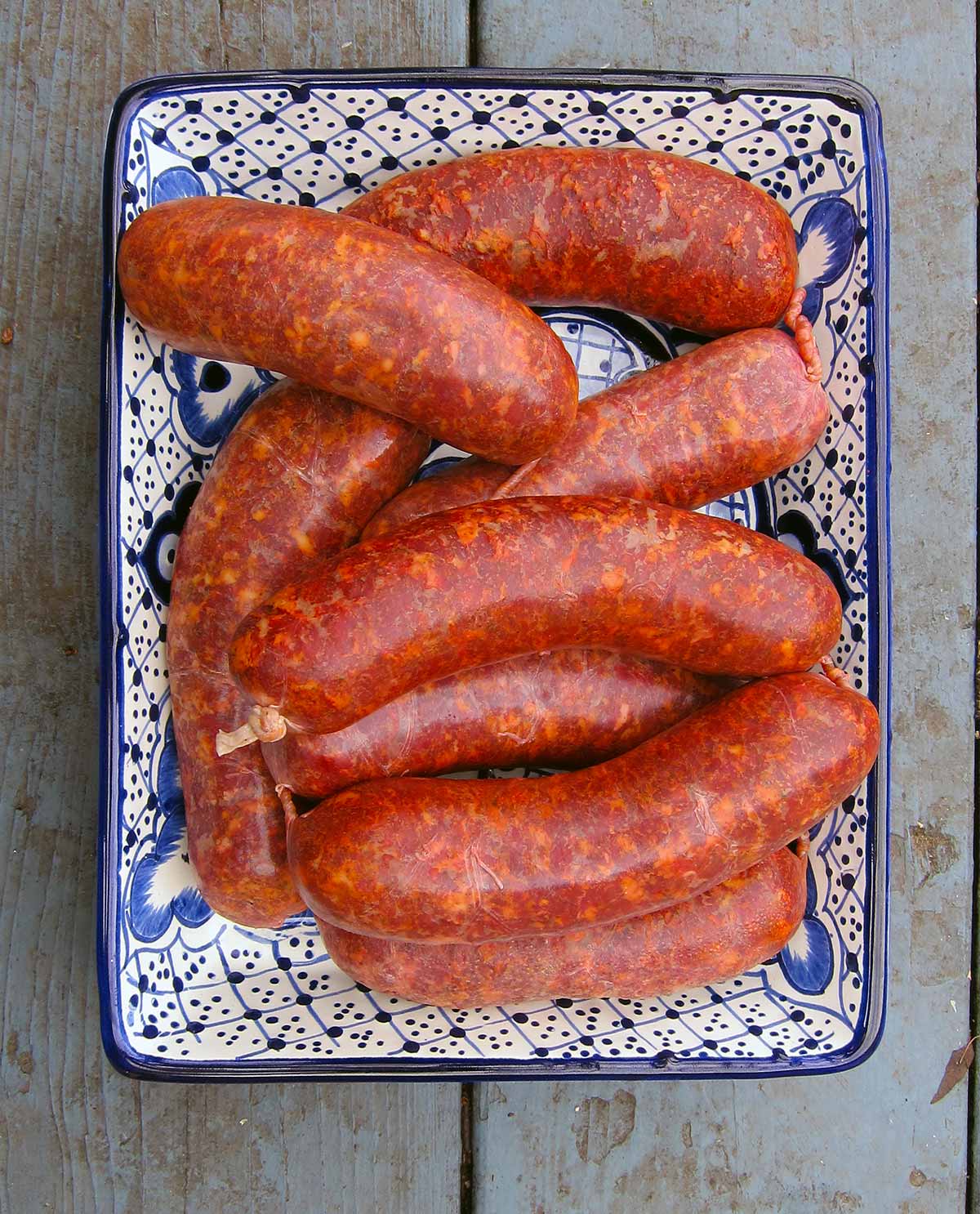
Making authentic Mexican chorizo is tricky if you don’t have some of the ingredients, but even if you leave some out, it’ll still be good. You should also know that there is no “One True” chorizo recipe– each cook has his or her own variation.
Many store-bought chorizo recipes use a combination of beef and pork, but I find it easier to use just one meat. I’ve done this with domestic pork, wild boar, venison and even bear meat. All work well.
If you can’t find all of the ingredients, know that only a few are critical to a good Mexican chorizo: Achiote paste, which is available at any Mexican market, or you can buy achiote online. And sometimes you can find annatto seed, which is the primary ingredient in achiote. If you can find that, grind the seeds in a sturdy spice grinder.
All is not lost if you can’t get your hands on achiote paste or ground annatto seeds. I’ve seen versions of Mexican chorizo from Baja California and Sonora that don’t use it. A great substitution is to rehydrate guajillo chiles, which are bright red and not too picante, then puree them. For this recipe you’d want maybe 3 guajillos, seeded and stemmed, rehydrated and pureed with about 1 cup of water.
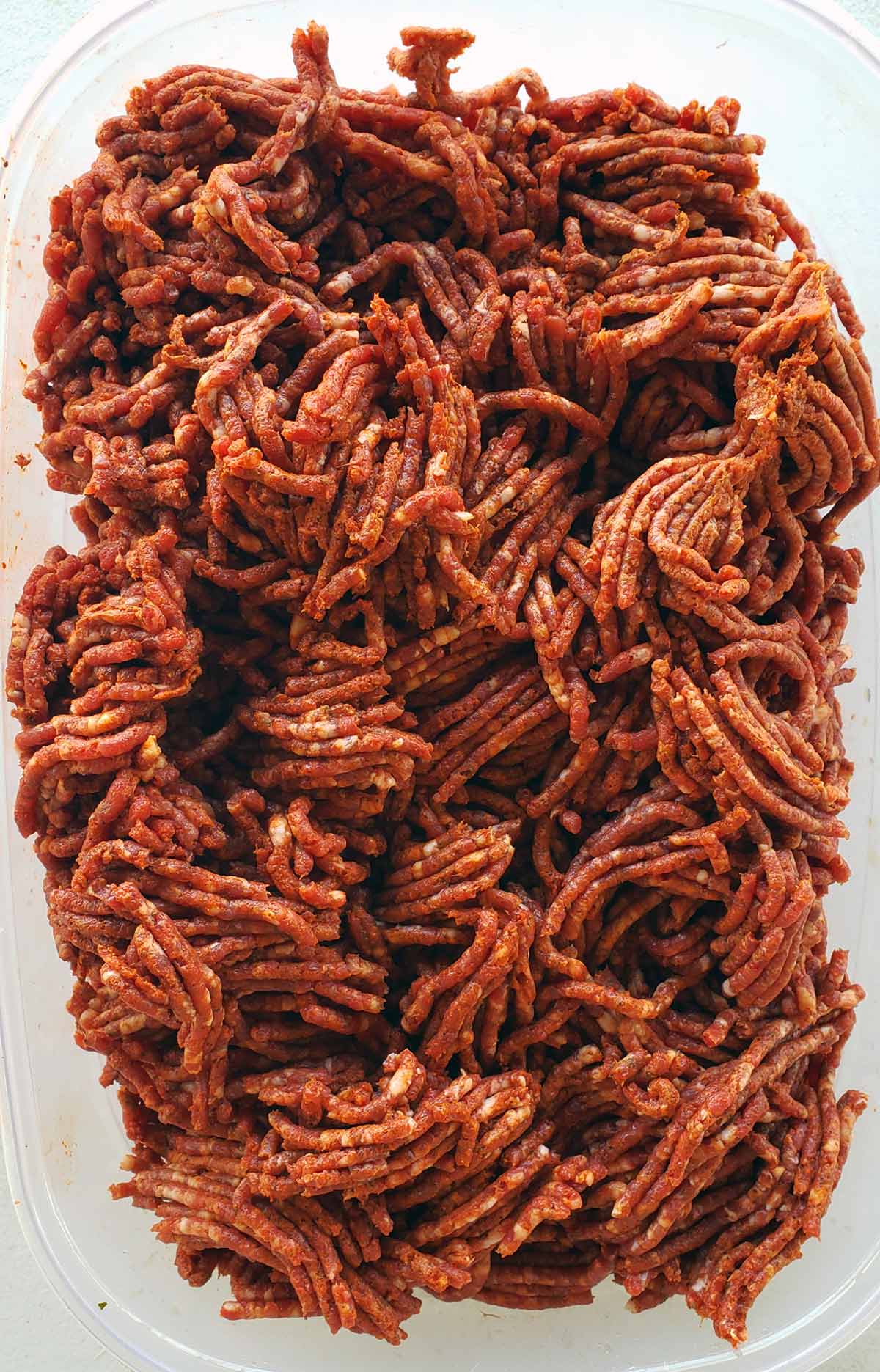
Another tip is that Mexican oregano is different from Mediterranean oregano. They taste different, but either works. Chipotle and ancho powders rock, but are not 100 percent necessary.
You do need cayenne and some other chile powder, but these are easily available in Latin markets — or you can grind dried chiles yourself, which is what I do, using a spice grinder.
Hog casings are available at any butcher shop or large supermarket (you’ll need to ask for them there), or you can buy hog casings online.
Mostly you will use Mexican chorizo uncased, however, and mostly I make large batches of this sausage and vacuum seal them. Chorizo has endless uses: In chilaquiles, as an empanada filling, in a burrito, on a taco, as a base for chili, etc.
Also know that there are versions of chorizo from outside Mexico, notably an Argentine version that is great as a sandwich. Mexico also has a green chorizo, from the city of Toluca, and a thinner sausage that is similar to chorizo called longaniza.
How to Use Your Chorizo
Mostly we eat Mexican chorizo uncased and mixed with eggs in breakfast burritos. This is a fine use. Other options would be in Mexican empanadas, in chilaquiles, mixed in with beans, in tacos, as a base for chili, or hell, top a big ole’ plate of nachos with it!
Mexican Chorizo Recipe
Ingredients
- 4 pounds pork, wild pig or bear
- 1 pound pork fat
- 35 grams kosher salt, about 3 tablespoons
- 15 grams sugar, about 1 tablespoon
- 6 garlic cloves, minced
- 6 grams Mexican oregano, about 2 tablespoons
- 5 grams ground cumin, about 2 teaspoons
- 3 grams chipotle powder (1 tsp) (optional)
- 5 grams cayenne, 1 tablespoon
- 28 grams pasilla or ancho chile powder , about 3 tablespoons
- 2 tablespoons achiote paste (annato)
- 1/2 cup ice water (See headnotes)
- hog casings
Instructions
- Cut the meat and fat into chunks that will fit into your meat grinder. Combine the salt, sugar and all the dry spices (except for the achiote paste) with the meat and fat, mix well with your hands and chill it until it's almost frozen by putting it in the freezer for an hour or so.
- Take out some hog casings and set in a bowl of very warm water. Mix the ice water with the achiote paste and chill it in the fridge.
- Grind the meat mixture through your meat grinder (you can use a food processor in a pinch, but you will not get a fine texture), using the fine die, about 4.5 mm. If your room is warm, set the bowl for the ground meat into another bowl of ice to keep it cold. Make sure the meat mixture is very cold before moving on to the next step: You want it between 27°F and 35°F.
- Add the water-achiote mixture and mix thoroughly either using a Kitchenaid on low for 60 to 90 seconds or with your (very clean) hands. This is important to get the sausage to bind properly. Once it is mixed well, put it back in the fridge and clean up.
- Stuff the sausage into the casings all at once. Twist off links by pinching the sausage down and twisting it around several times; do every other link and you will only have to twist in one direction. Or you could tie them off with butcher's string.
- Hang the sausages in a cool place for up to overnight (the colder it is, the longer you can hang them). If it is warm out, hang for just one hour. Once they have dried a bit, put in the fridge until needed. They will keep for at least a week in the fridge. If you are freezing the sausages, wait a day before doing so. This will tighten up the sausages and help them keep their shape in the deep-freeze.
Nutrition
Nutrition information is automatically calculated, so should only be used as an approximation.


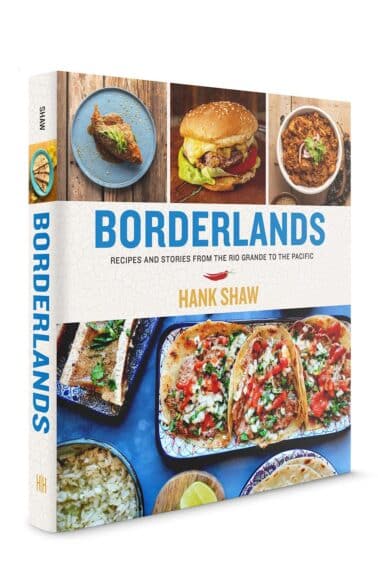
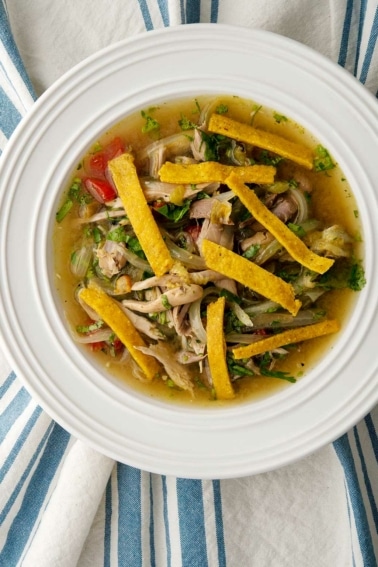
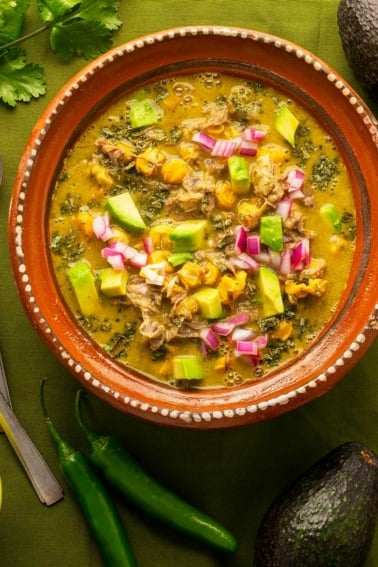
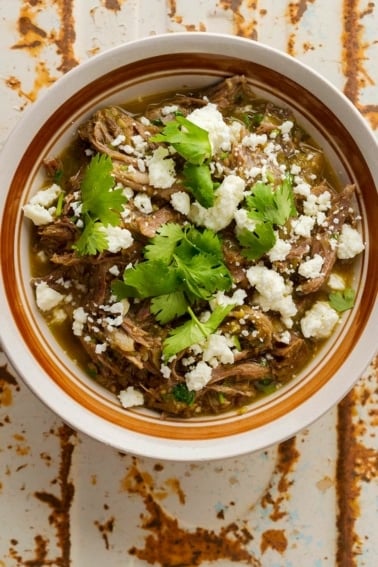
About to use this recipe to make chorizo from hogs we are due to butcher. Considering if these would work smoked- has anyone tried this with worthy results?
Delicious recipe, thank you!
It’s been a few years since we started making this recipe, I have it bookmarked as THE Mexican Chorizo Recipe. We ordered some achiote annatto paste made by El Yucateco online and it really makes this recipe, previously we didn’t have the achiote annatto paste and made a substitute paste that was good, but just not ‘it’. We’ve done 35-40 pounds each year since 2021 and do a loose sausage instead of in the casing because of how we eat it and casings are a lot more work. We mix the meat (venison, elk, or moose) and pork fat with the seasoning, then use the coarse grind twice for the consistency we like. We usually cook it for breakfast burritos but also make tacos and Chorizo burgers.
Great recipe Hank, thanks for sharing it.
if I’m using ground annatto instead of paste do I just add it with the other dry seasoning to the meat before grinding
Renee: Yes, you do.
so good
tried this today (no casing) and it’s fantastic! highly recommend
Oh by golly these sausages were good! Followed your recipe precisely using 78 percent Moose and 22 percent organic pork back fat and stuffed in hog casings. I had never heard of achiato paste but you can order anything from Amazon. No doubt, a keeper!
Love all your recipes! I was curious is there a ratio to cut this with wild goose? My buddies and I have had kicker brats done up with goose meat before and really enjoyed them, I was hoping to do something like that myself with this chorizo recipe. Any info would be greatly appreciated!
Sean: Just sub the goose meat for the pork or beef or venison. Same ratio.
Do I need Mexican oregano ground or the regular Mexican oregano?
Ryan: Regular is fine.
Just made this for the first time, not casing it, flavors are excellent, decent heat, withheld the chipotle powder in consideration of less spice tolerant humans. After eating my second taco of it a few minutes ago however I would like a little more heat. What are your thoughts on adding the chipotle powder after the grind is done? Just mix it in thoroughly or leave it? Planning on packaging tomorrow. Much obliged.
Ryan: You can mix it into the already ground meat.
It’s all I use for smoke queso dip
By substituting vinegar for the ice water, would you still use equal amounts?
Phillip: Yes, but remember vinegar will disrupt the bind, but that doesn’t matter in most chorizo applications.
Does this recipe not require curing salt if you case it and leave it out overnight (without cooking it)? Thanks.
Jason: That is correct. So long as it hangs overnight in a cool environment, you’re fine. I would not hang overnight in temps warmer than about 45F, and below 40F is better.
Where to get Mexican oregano seeds.
thanks Mary
Mary: Most people buy seedlings, as they seem to be hard to grow from seed, like tarragon. If you google Mexican oregano seedlings, you should be able to find some.
Hank, in your book the bind is with tequila and red wine vinegar. I cased the sausage and while the flavor is outstanding they were a little crumbly. Sounds like the vinegar needs to be omitted for cased sausage. Can I still use the tequila for cased sausage? Love your book, writing style and site. Keep up the great work.
Tom: Yes, it’s acidity that breaks bind.
Hey Hank, apreciate your responses here. How much tequila would you recommend for this recipe? I pressume we’d omit the water? and I would omit annato paste altogether as I dont have it, and not concerned about color
Jai: The annatto is crucial to this recipe. If you skip it, the color and flavor will be very different. The substitute is that puree of guajillo chiles I mention in the text. I would not use tequila in this recipe. I did at one time, but I have changed my mind. Vinegar or ice water is better.
Question… if not putting in casing, do I still leave the chorizo out to dry before sealing in my food saver and freezing? If so, should I spread it out on a cookie sheet and cover with plastic or ??
Linda: Nope, you can skip that step.